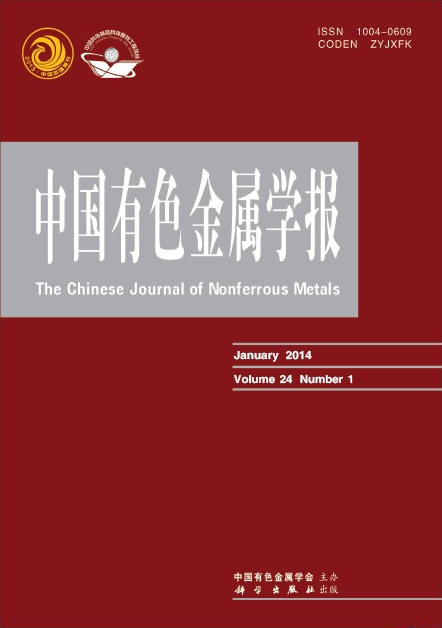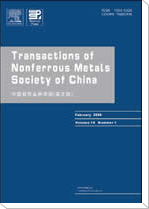中国有色金属学报(英文版)
Transactions of Nonferrous Metals Society of China
| Vol. 35 No. 8 August 2025 |
(1. Institute for Advanced Materials and Technology, University of Science and Technology Beijing,Beijing 100083, China;
2. Beijing Key Laboratory of Corrosion, Erosion and Surface Technology,
University of Science and Technology Beijing, Beijing 100083, China;
3. National Materials Corrosion and Protection Data Center, University of Science and Technology Beijing,Beijing 100083, China;
4. Institute of Engineering Technology, University of Science and Technology Beijing, Beijing 100083, China;
5. Southwest Technology and Engineering Research Institute, Chongqing 400039, China)
Abstract:The MIG welding of in-situ generated nano-Al2O3 powder metallurgy 7A52 (PM 7A52) aluminum alloy was investigated. The microstructure was characterized using EBSD and TEM, while macrotexture and internal residual stresses were analyzed with a self-developed SWXRD technique. The results revealed that PM 7A52 aluminum alloy effectively reduced the grain size, dislocation density, and texture strength in the post-weld microstructure. Furthermore, the residual stress in the weld zone (WZ) of PM 7A52 aluminum alloy was reduced by 38 MPa compared to that of the conventional melt-cast 7A52 (CM 7A52) aluminum alloy. Notably, the tensile strength and elongation of welded joints in PM 7A52 aluminum alloy were increased by approximately 15% and 26%, respectively. The improvement in joint tensile strength was primarily attributed to grain boundary strengthening and dispersion strengthening caused by γ-Al2O3 particles entering the WZ.
Key words: powder metallurgy 7A52 aluminum alloy; MIG welding; SWXRD technique; texture; residual stress; mechanical properties


